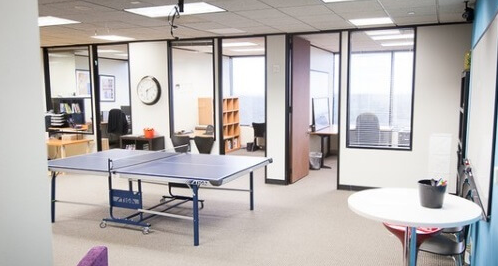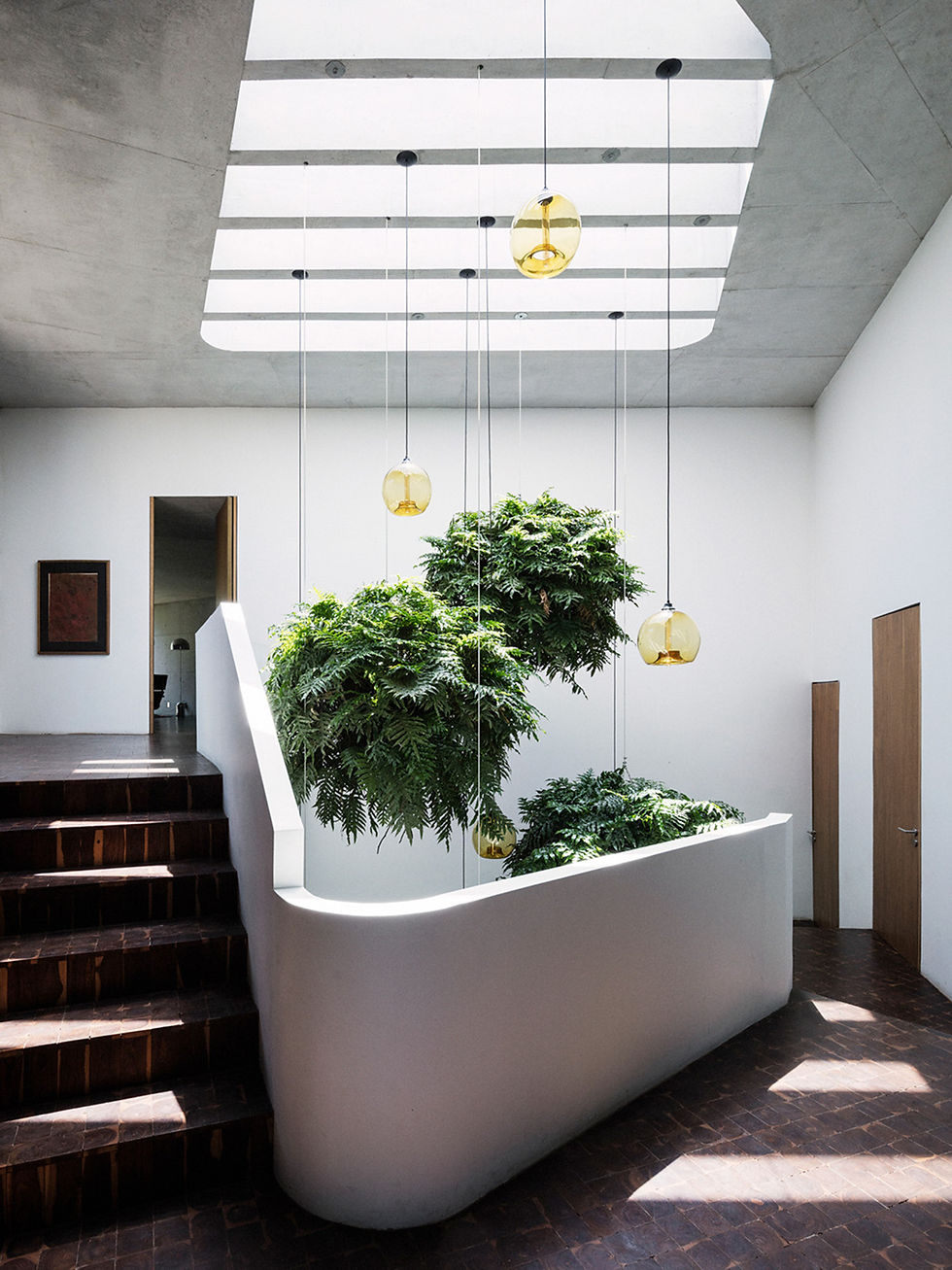The Role of Natural Light in Architecture
- iyanadoyle
- Feb 9
- 3 min read
Updated: Mar 23
Natural Light Makes Our Inhabited Spaces Healthier
Because we spend 90% of our time indoors we must be intentional about how we get our daily intake of natural light in. Natural light regulates our circadian rhythm, helping us to remain alert and focused during the daytime and to get restful slee at night. Sunlight also benefits our mood significantly because exposure to it increases the body's production of serotonin, a neurotransmitter associated with feelings of well-being and happiness. So you see, though many people's lifestyles require that they spend most of their time indoors (many office jobs), it is not healthy if our time indoors is void of adequate natural light.

Specifically, if an overabundance of artificial light replaces it. Over-exposure to blue light disrupts our circadian rhythm making it harder for us to fall asleep at night and the body struggles to produce the sleep hormone melatonin at the right time. Of course, too much natural light indoors can be problematic if areas exclusively meant for rest have too much direct and strong sunlight while places for study and focus have only dim, sparse natural light. Areas like the living room and kitchen should receive the highest amount of natural light and bedrooms should receive less direct light because these areas are associated with daytime activities and rest respectively.
How to Get the Best Interior Natural Lighting Quality

California architect and member of the Daylight Academy, Lisa Heschong, explained in an interview that while we want to have sunlight indoors we should be mindful of the treatment of the light because poorly treated windows can allow too much light leading to glare indoors. Too much direct light can cause people to roll down the blinds or draw the curtains to escape the glare and heat. Knowing where to have diffuse light vs direct light is crucial to the interior comfort of a home or public space. Glass treatments like acid-etched glass can spread daylight evenly through a space, reducing harsh contrasts and making light easier on the eyes. Lisa recommends the 90/10 rule, where 90% of the light that enters a building is diffused and 10% is direct. This allows for lighting that shows a general uniformity of colour that is easy on the eyes while still allowing some "sparkle and highlights to add visual interest."
Ways to Let Diffused or Direct Sunlight Into Your Home or Building
Skylights and Lightwells

Skylights (ceiling windows) act as focal points as the strong beams of sunlight that come in through the ceiling can be used to highlight a particular ornament or area of the building. The most popular skylight is probably the oculus in the Pantheon in Rome. It casts a beam of light that moves around the domed ceiling throughout the day as the sun moves. Skylights are becoming increasingly popular in less formal applications the family homes. Tatiana Bilbao's Casa Ventura, and Casa Metepec projects feature skylights over the stairways allowing for direct sunlight to pour in over the feature stairs of these homes creating a lovely focal point and providing much-needed sunlight to a crucial circulation area of the home. A stairway is not an area where people typically hang out for prolonged periods, making it the perfect place to have direct beams of sunlight come in.

Perforated Openings

Utilizing perforated metal screens over openings or windows in a building can allow for intense direct sunlight to be broken up into less harsh beams of light. Apart from providing shade, this design choice allows the patterned fragments of light to act as a material. The shapes that are created a new and ever-changing layer of design to the interior atmosphere and the fragments of light change form and more as the sun moves throughout the day. George Street Plaza and The National Museum of African American History and Culture by Adjaye Associates both use perforated metal screens as a way to add shade, break up the harshness of the direct sunlight, and add a dimension of art to the interior spaces.















Comments